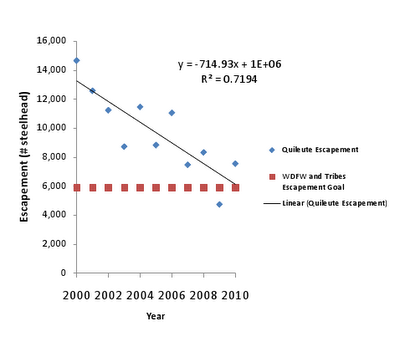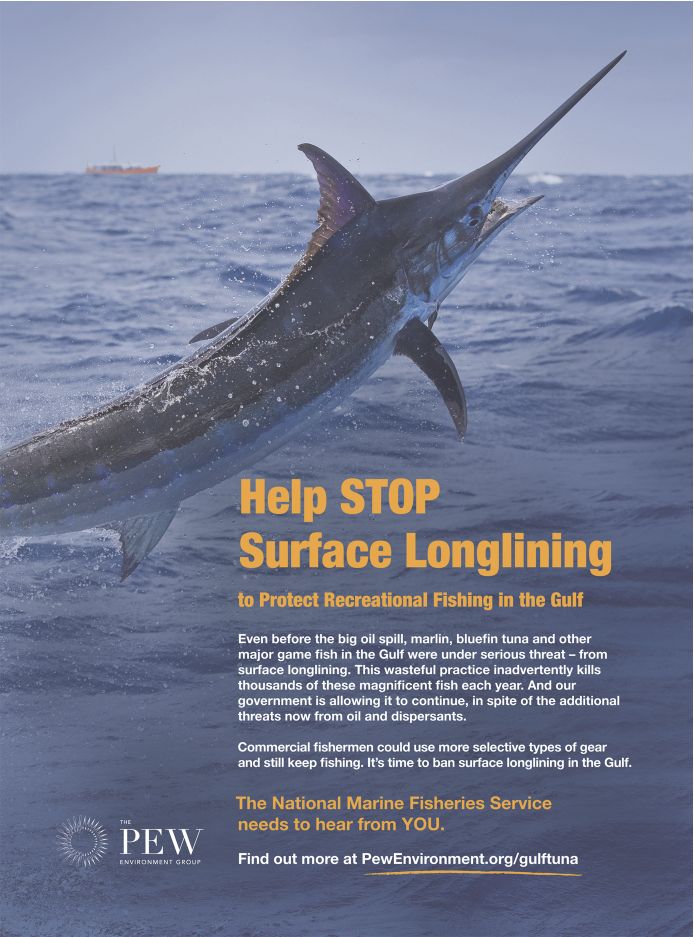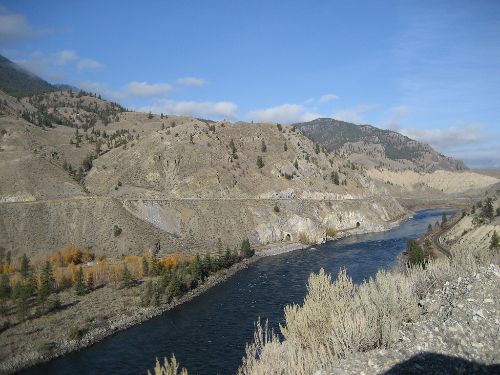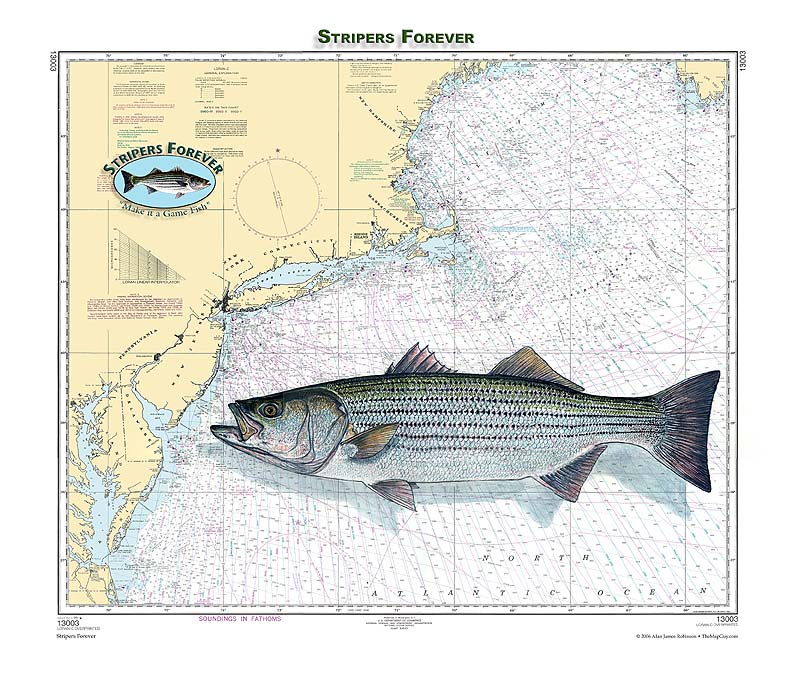If you care about the future of recreational striper fishing on the east coast you should take the action spelled out by Stripers Forever below. This is the first step in a campaign to defeat this shortsighted proposal, stay tuned for phase two and thanks for your help.
Stripers Forever members – on November 9th the Atlantic States Marine Fisheries Commission (ASMFC) will vote on the proposal to increase the coastal commercial quota for striped bass. Stripers Forever is strongly opposed to this idea on all grounds. A number of states have previously supported an increased commercial quota, and in a few days we will ask you to send e-mails to the governors of these states. Today, though, we ask for your help to change the vote of Wilson Laney, the representative on the ASMFC from the U.S.Fish and Wildlife Service
We have prepared a letter for you below to e-mail to Ken Salazar, the United States Secretary of the Interior, with a copy to Mr. Laney. We need to send a lot e-mails to these people to let them know how important this is to us, and that we are watching! Your sentiments will definitely count. Please, send your letter and do your part to keep this proposed 20 to 50% increase in the commercial quota from taking place.
The letter follows immediately below. Please copy, paste, and send it right away!
Send the letter to: ken_salazar@fws.gov
Copy to: wilson_laney@fws.gov
To: Ken Salazar, United States Secretary of the Interior
From: (Your Name and Address go here)
Dear Secretary Salazar:
I am a resident of (your town and state go here), and I am writing to ask that you direct Wilson Laney, the U.S. Fish and Wildlife Service representative on the Atlantic States Marine Fishery Commission, to vote against the proposed increase in the commercial striped bass quota.~ Here are the reasons why:
The recently released young of the year index from Chesapeake Bay shows that the decline in spawning success that began in the early 2000s is continuing. The average for the last five years is 6.8 compared to 22.09 for the previous 5 years and 22.38 for the 5 years beginning in 1996. This alarming downward trend indicates there will be many fewer adult striped bass in the population in the coming years.
The claimed decrease in the commercial catch of striped bass is simply not true.~ Commercial quotas have been caught annually and have not decreased.~
The given commercial catch numbers do not include the well-documented illegal harvest of stripers along the Atlantic coast.~ Even a modest estimate of the illegal harvest would materially revise the commercial catch upward.
The total recreational catch of striped bass - numbers of fish caught and released as well as those kept or harvested – dropped by more than 50% between 2003 and 2009 while the commercial catch was essentially unchanged.
It is never a surprise when some commercial striped bass fishing advocates attempt to increase their catch beyond responsible levels; it has happened time and again in the history of commercial fishery management, in species after species. After a near total collapse in the striped bass population during the 1980’s due to overfishing, a moratorium on most harvesting of this species caused stripers’ numbers to recover rapidly. Now it seems that we have forgotten the lesson we should have learned.
I expect USF&W to be a strong voice for conservation, not for exploitation. This is not a time to increase the harvest of striped bass, commercially or recreationally.~ Even NMFS has voted against this commercial increase. Fishing mortality should be cut back and not expanded. When you consider that the average recreational fisherman on the East Coast was responsible for harvesting less than a single fish for the entire season, it is clear that the commercial catch should be decreased, not increased.~ Please direct Wilson Laney to vote accordingly.
Sincerely,
(My name and address)
Copy to Wilson Laney
Here is some recent news about the sentencing of a commercial fisherman for overfishing striped bass.
 Wednesday, March 9, 2011 at 12:00AM
Wednesday, March 9, 2011 at 12:00AM 
 HB309,
HB309,  stream access,
stream access,  take action in
take action in  News,
News,  Politics,
Politics,  Take Action
Take Action 











